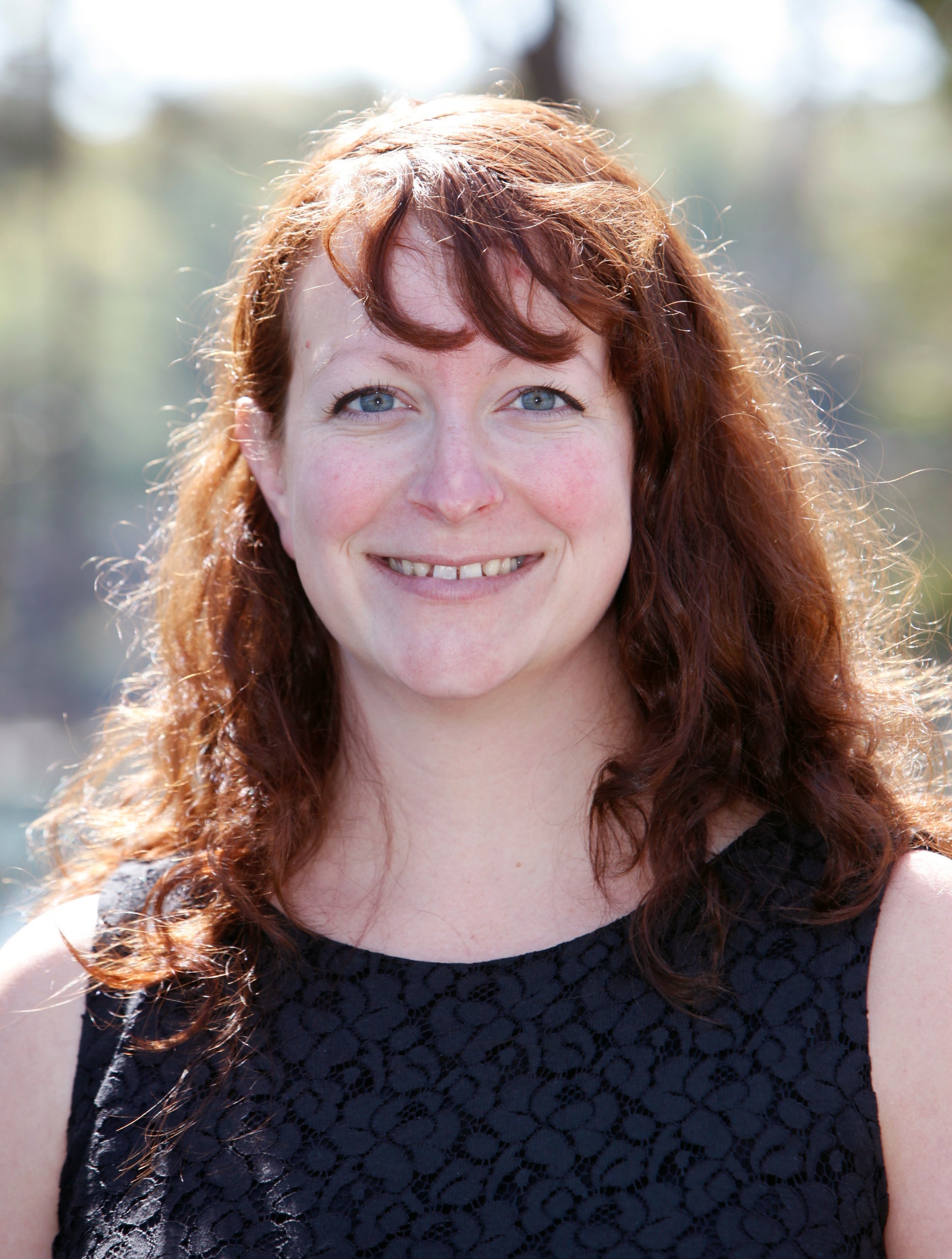NARRAGANSETT, R.I., March 8, 2017— Beth Orcutt thinks microbes buried beneath the seafloor are “awesome” and wants to tell you about them.
Some protect the waters by gobbling crude oil that sinks to the ocean bottom; others live deep in rocks that could help provide clues about how life developed on Earth.
Orcutt, a senior research scientist at Bigelow Laboratory for Ocean Sciences in East Boothbay, Maine, will present a free public lecture, “Buried Alive: Life Beneath the Seafloor,” at the University of Rhode Island’s Narragansett Bay campus at noon March 29.
The event, which is the Graduate School of Oceanography’s annual Charles and Marie Fish Lecture, will be in Corless Auditorium, 215 Ferry Road, Narragansett.
Microbes—bacteria, archaea, tiny eukaryotes and viruses—that are covered by marine sediments and oceanic crust on the seafloor, fascinate Orcutt.
About 70 percent of Earth’s surface is covered by this sediment and crust, yet scientists don’t really know how the microbes get their energy to grow and what impact they have on chemical cycling.
“Humans have probably only seen about one percent of the seafloor,’’ says Orcutt, whose research has taken her as far as Denmark and Germany. “There is still a lot of exploring left to do.”
Orcutt is currently working with other scientists to study the impact of the Deepwater Horizon oil spill on sediment microbiology. URI’s Office of Marketing and Communications recently talked to the marine microbial biogeochemist about her work digging into the seafloor.
What inspired you to become a marine scientist?
Although I enjoyed science in school, I had no idea what career I wanted until I had the chance at a summer research internship. Through that experience, I learned that microbes are responsible for so much of what happens on Earth. The experience changed my life, and I decided I wanted to study the fascinating microbes in the ocean as a career.
What is the focus of your research?
I am curious to know how microbes make a living on and below the seafloor in the absence of sunlight, under really cold conditions and under high pressure. What are they eating, and how fast can they grow? And importantly, what consequence does their life have on the larger Earth system, and what can we learn about the search for life elsewhere in the universe?
Why is it so important to study microbes on the seafloor?
As just one example, microbes living below the seafloor produce a lot of methane—a powerful greenhouse gas—from the breakdown of buried organics, while other microbes can eat this methane and prevent it from getting into the ocean and the atmosphere, where it would cause increased global warming.
What’s exciting about exploring the bottom of the ocean?
There are so many interesting creatures to look at, and sites that no human has ever seen before. It’s like going to another planet!
The Charles and Marie Fish Lecture is supported by the Charlie and Bobbie Fish Endowment for Oceanography. Through their joint efforts, the Fishes established a marine biological program in 1935, and eventually a graduate program in oceanography at the Narragansett Marine Laboratory, which later became the Graduate School of Oceanography.

